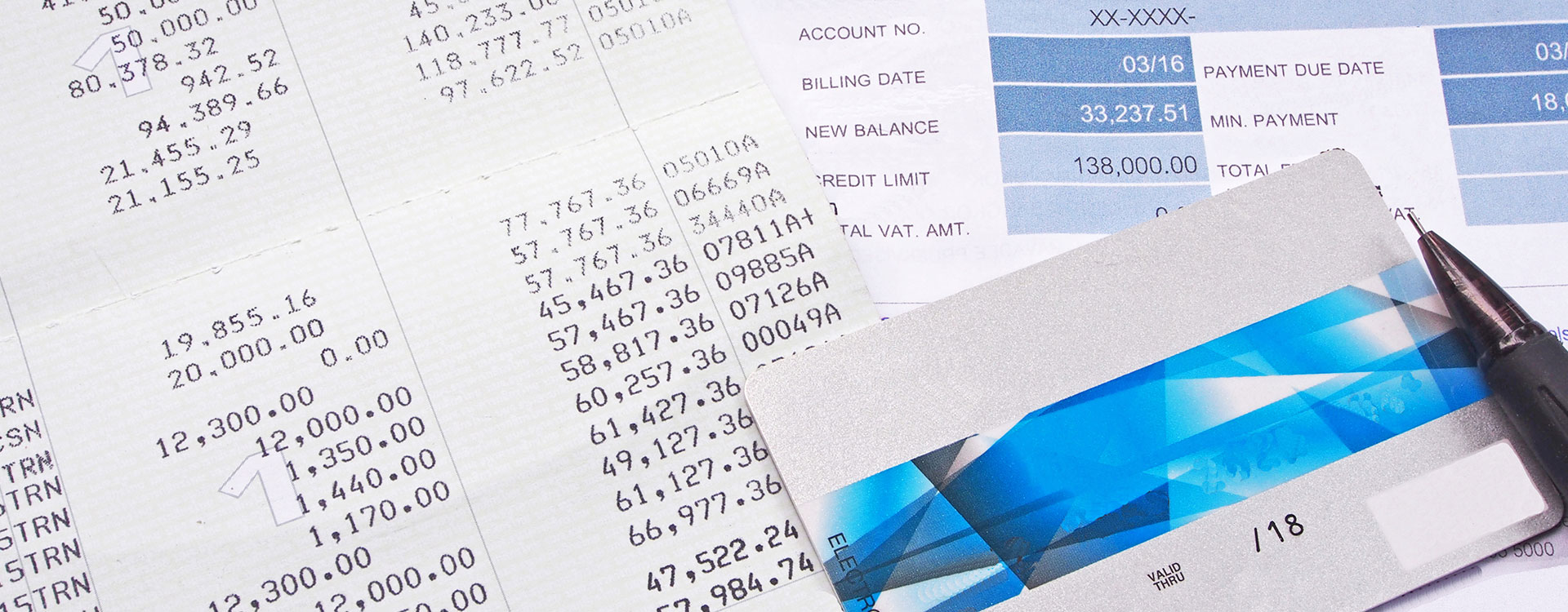Borrowing money can be a solution for short-term or long-term financial needs, but finding the right method of borrowing is crucial to saving your money and time.
Leverage is the key to growth in today's fiat financial system. As inflation rises, it becomes increasingly difficult to keep up with expenses and maintain a healthy financial standing.
Through a thorough understanding of the available options to borrow money, you can make informed decisions to best suit your financial situation.
KEY TAKEAWAYS:
- Some borrowing options may not be available for everyone.
- Consider the interest rates, terms and conditions of each borrowing method carefully.
- Borrow only what you can afford to repay.
- Plan and budget for the repayment of borrowed funds to ensure timely payments.
In today's fast-paced world, there are many different reasons why someone might need to borrow money. Whether it's for a home renovation project, starting a new business venture, or even consolidating debt, borrowing money can be a useful tool when used responsibly.
However, with so many options available in the market, it can be challenging to determine which method of borrowing is right for you.
Below, you’ll discover six of the most common ways that people borrow money along with their pros and cons.
1. Personal Loans
A personal loan is a lump-sum amount borrowed from a bank, credit union, or online lender that is paid back in fixed monthly installments over a set period of time (typically 2-5 years).
For example, if you borrow $10,000 at a 5% annual interest rate for three years, your monthly payment will be approximately $300 (or $299.71 to be exact).
The benefits of a personal loan are that the interest rate is usually fixed, meaning your monthly payment will not change over time.
However, one drawback of a personal loan is that it typically requires good credit to qualify for competitive interest rates. If you have poor credit, you may still be able to obtain a personal loan but at a higher interest rate.
This makes it an easily accessible loan for most people but for those struggling with a low credit score, it may not be the best option.
2. Credit Cards
Credit cards are a form of revolving credit that allows you to borrow money up to a certain limit. Unlike personal loans, you have the flexibility to choose how much you want to borrow and when you want to pay it back.
However, this freedom also comes with high interest rates and fees if you don't pay your balance in full each month.
Additionally, credit cards can easily lead to debt accumulation if used irresponsibly. It's tempting to make small purchases here and there without realizing the cumulative effect on your overall balance.
If left unpaid for long periods, these small purchases can add up and become unmanageable. Even with bad credit, a cosigner can help you qualify for a credit card with better terms and lower interest rates. This is one of the most common ways to borrow money.
3. Home Equity Loans
By utilizing the value of your home, you can borrow money through a home equity loan. This type of loan allows you to borrow against the equity you've built in your home through mortgage payments and appreciation.
The interest rates for this type of loan are typically lower than personal loans and credit cards because it is secured by your property.
However, keep in mind that defaulting on a home equity loan could result in losing your home.
One popular use for a home equity loan is to consolidate debt. By using the funds from the loan to pay off high-interest debts such as credit card balances, you can save money on interest and have just one monthly payment to manage.
The average rate of home equity loans is at 8.88%. This is much lower than the average credit card interest rate, which is currently over 24%.
4. Peer-to-Peer Loans
Peer-to-peer (P2P) lending platforms allow individuals to borrow from other individuals without going through traditional financial institutions. These loans are typically unsecured, meaning they do not require collateral, and the interest rates can be competitive compared to traditional loans.
Advancements in FinTech have made these platforms more popular and accessible. However, peer-to-peer lending is not regulated like traditional banking institutions, so it's important to do thorough research on the platform before borrowing.
P2P loans can be a good option for those with bad credit because they take into account other factors beyond just credit score when determining eligibility. This could include factors such as employment history and income.
Some lenders may even opt to still give you the loan with a higher interest rate if they are not risk-averse and see the potential for you to pay back the loan.
This flexibility comes with the downside of higher interest rates for those with bad credit, so it's important to compare offers from different P2P lending platforms.
5. Personal Lines of Credit
This option often gets confused with personal loans, but there are some key differences. Similar to a credit card, a personal line of credit is a revolving account that allows you to borrow up to a certain limit and make payments as needed.
The interest rates for personal lines of credit can be lower than those of credit cards. Because it is a revolving account, you only pay interest on the amount you borrow and not the entire credit limit like with traditional loans.
Additionally, these accounts do not have fixed terms or monthly payments, giving you more flexibility in managing your debt. The drawbacks are that obtaining a personal line of credit may require a good credit score and a steady income. It also has the potential for high fees if you miss payments or go over your credit limit.
6. Payday Loans
For those who are living close to their budgets, facing an unexpected expense can throw everything off balance. This is where payday loans come in as a quick fix for immediate cash needs.
Risk is high with these loans, as they often come with triple-digit interest rates and short repayment periods.
In most cases, the borrower must provide proof of income and post-date a check for the loan amount plus fees to be automatically withdrawn on their next payday.
The average annual percentage rate (APR) for payday loans can be up to 400%, making it difficult to pay back and leading to a cycle of debt if not managed properly.
Whether it be Payday loans or any other form of borrowing, it is important to carefully consider the terms and conditions before taking on any debt.
That's why Credit9 serves as a platform to educate individuals on responsible borrowing and financial management, and we'll help you make the best decision for your financial wellness.
Here, we offer loan options that could provide you with the financial solution that works best for you.
How Credit9 Can Help You
At Credit9, we offer loan options that could provide you with the financial solution that works best for you.
Since 2018, Credit9 has provided over $460 Million in loans to over 36,000 of our customers, and we’re confident we can help you too.
For more information about Credit9’s unique debt consolidation services, contact us today to see how we can help you consolidate your debts and receive a free, no-obligation, and fully-customized Credit9 loan solution!



